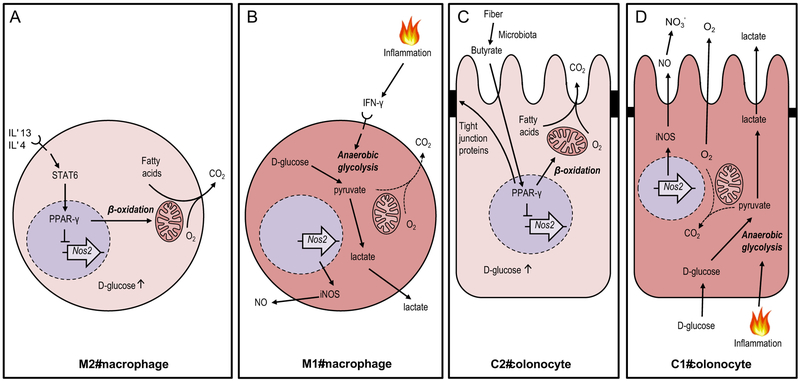Figure 2: Extending the M1/M2 paradigm to colonocytes.
(A and B) Cytokine signaling can polarize macrophage metabolism and function, a process that is reversible. (A) Interleukin (IL)-4 and IL-13 stimulate polarization into alternatively-activated M2 macrophages by inducing STAT6 signaling to drive a PPARγ-dependent activation of mitochondrial β-oxidation and concomitant repression of the Nos2 gene. (B) Pro-inflammatory signals, such as gamma interferon (IFN-γ), stimulate polarization into classically-activated M1 macrophages by shifting the host cell metabolism towards anaerobic glycolysis. (C) The microbiota converts fiber into fermentation products, such as butyrate, which stimulates a metabolic polarization into homeostatically-activated C2 colonocytes by inducing a PPARγ-dependent activation of mitochondrial β-oxidation, thereby lowering epithelial oxygenation. (D) Pro-inflammatory signals stimulate a metabolic polarization into C1 colonocytes by shifting the host cell metabolism towards anaerobic glycolysis, thereby increasing epithelial oxygenation, which results in oxygen (O2) emanating from the epithelial surface. Lactate produced during anaerobic glycolysis is released into the gut lumen, whereas nitric oxide (NO) produced by iNOS is converted to nitrate (NO3−). CO2, carbon dioxide.

